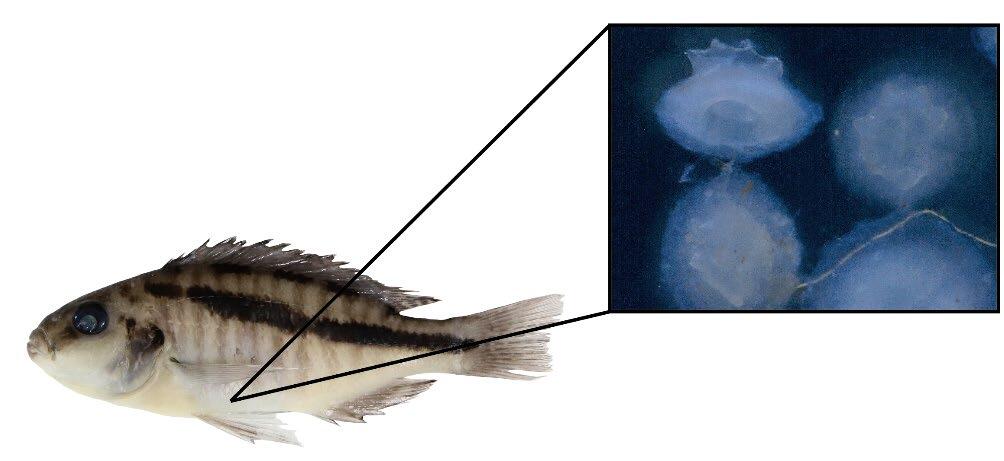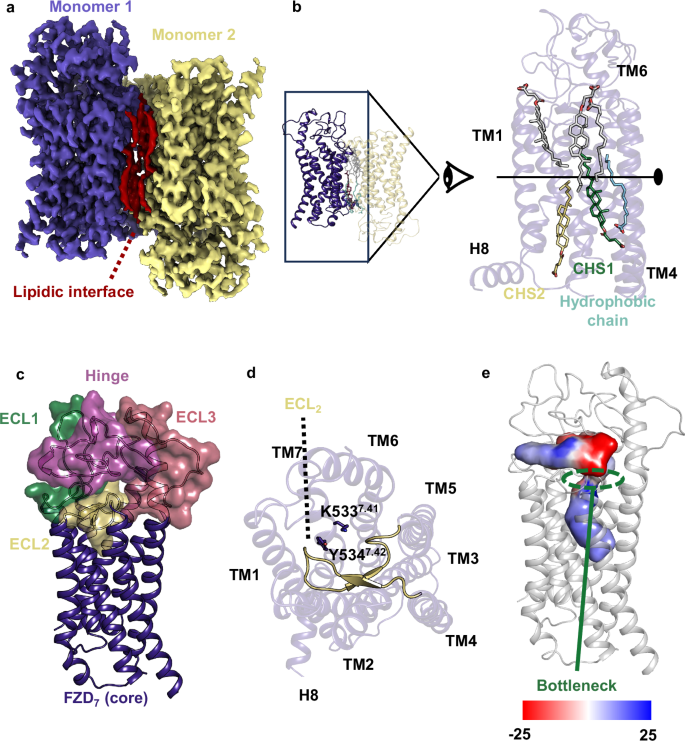2024-08-29 韓国基礎科学研究院(IBS)
<関連情報>
- https://www.ibs.re.kr/cop/bbs/BBSMSTR_000000000738/selectBoardArticle.do?nttId=24992&pageIndex=1&searchCnd=&searchWrd=
- https://journals.aps.org/prl/abstract/10.1103/PhysRevLett.133.098401
- https://journals.aps.org/prl/abstract/10.1103/PhysRevLett.131.218401
AIが予測するタンパク質の変形はエネルギーランドスケープの摂動をコードする AI-Predicted Protein Deformation Encodes Energy Landscape Perturbation
John M. McBride and Tsvi Tlusty
Physical Review Letters Published: 26 August 2024
DOI:https://doi.org/10.1103/PhysRevLett.133.098401
Abstract
AI algorithms have proven to be excellent predictors of protein structure, but whether and how much these algorithms can capture the underlying physics remains an open question. Here, we aim to test this question using the Alphafold2 (AF) algorithm: We use AF to predict the subtle structural deformation induced by single mutations, quantified by strain, and compare with experimental datasets of corresponding perturbations in folding free energy ΔΔ. Unexpectedly, we find that physical strain alone—without any additional data or computation—correlates almost as well with ΔΔ as state-of-the-art energy-based and machine-learning predictors. This indicates that the AF-predicted structures alone encode fine details about the energy landscape. In particular, the structures encode significant information on stability, enough to estimate (de-)stabilizing effects of mutations, thus paving the way for the development of novel, structure-based stability predictors for protein design and evolution.
AlphaFold2は単一変異の影響を予測できる AlphaFold2 Can Predict Single-Mutation Effects
John M. McBride, Konstantin Polev, Amirbek Abdirasulov, Vladimir Reinharz, Bartosz A. Grzybowski, and Tsvi Tlusty
Physical Review Letters Published: 20 November 2023
DOI:https://doi.org/10.1103/PhysRevLett.131.218401
Abstract
AlphaFold2 (AF) is a promising tool, but is it accurate enough to predict single mutation effects? Here, we report that the localized structural deformation between protein pairs differing by only 1–3 mutations—as measured by the effective strain—is correlated across 3901 experimental and AF-predicted structures. Furthermore, analysis of ∼11 000 proteins shows that the local structural change correlates with various phenotypic changes. These findings suggest that AF can predict the range and magnitude of single-mutation effects on average, and we propose a method to improve precision of AF predictions and to indicate when predictions are unreliable.


